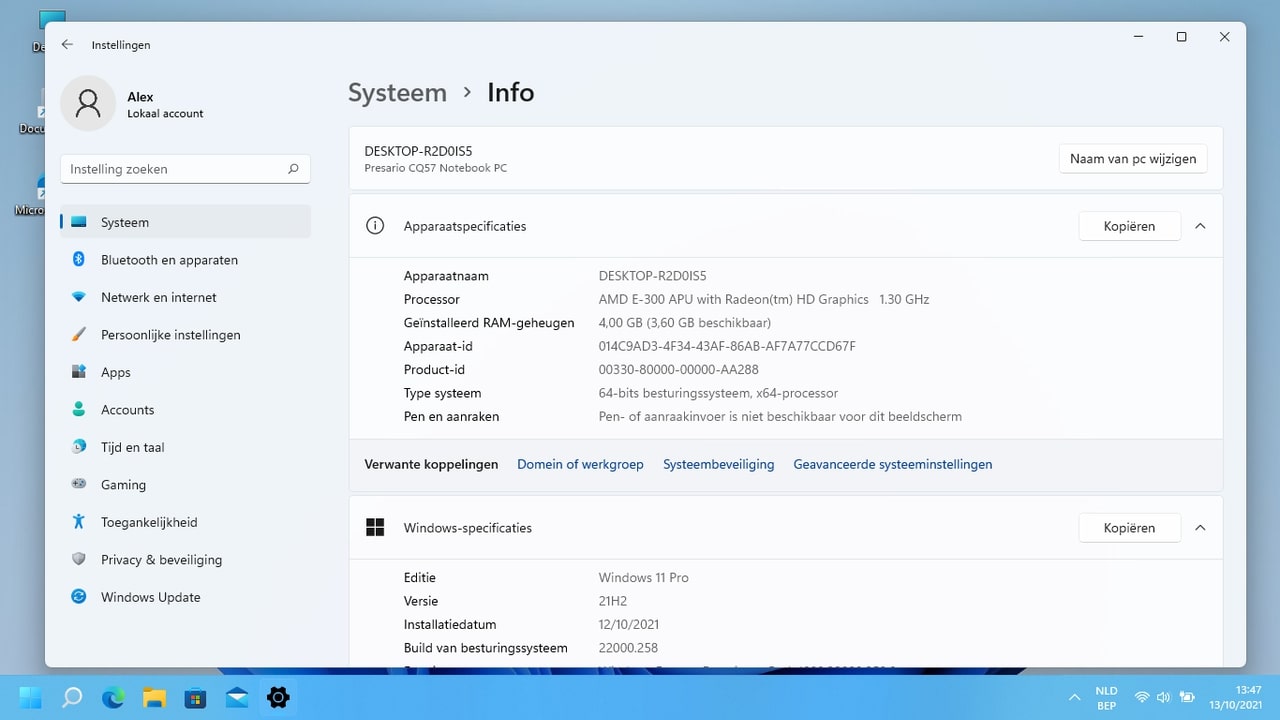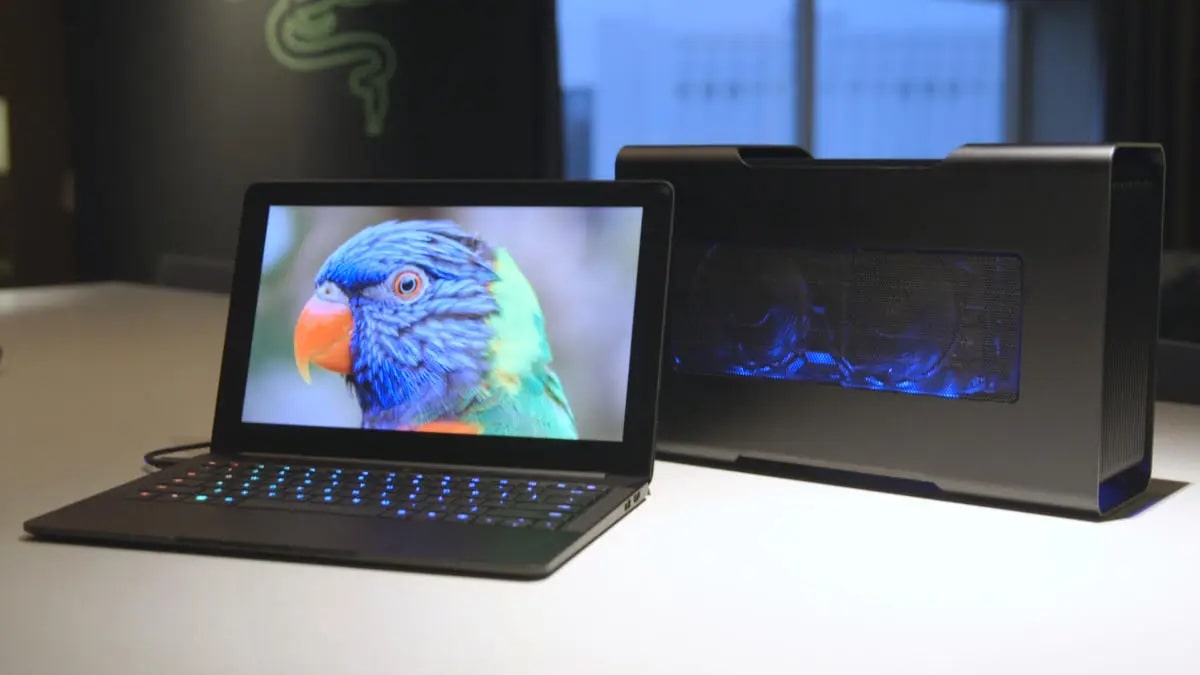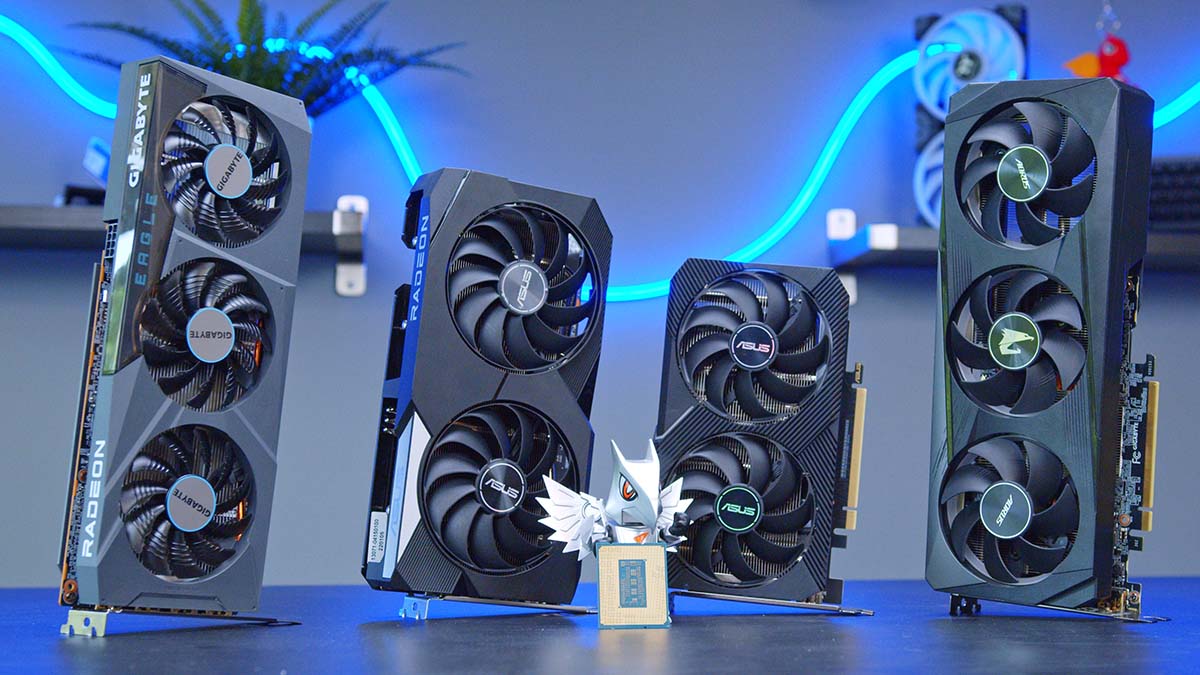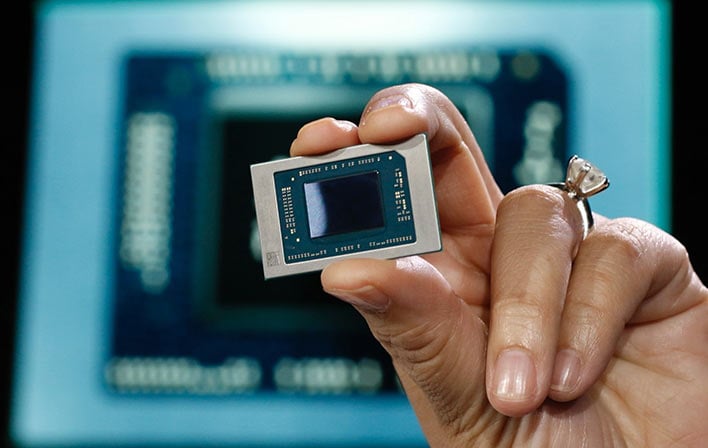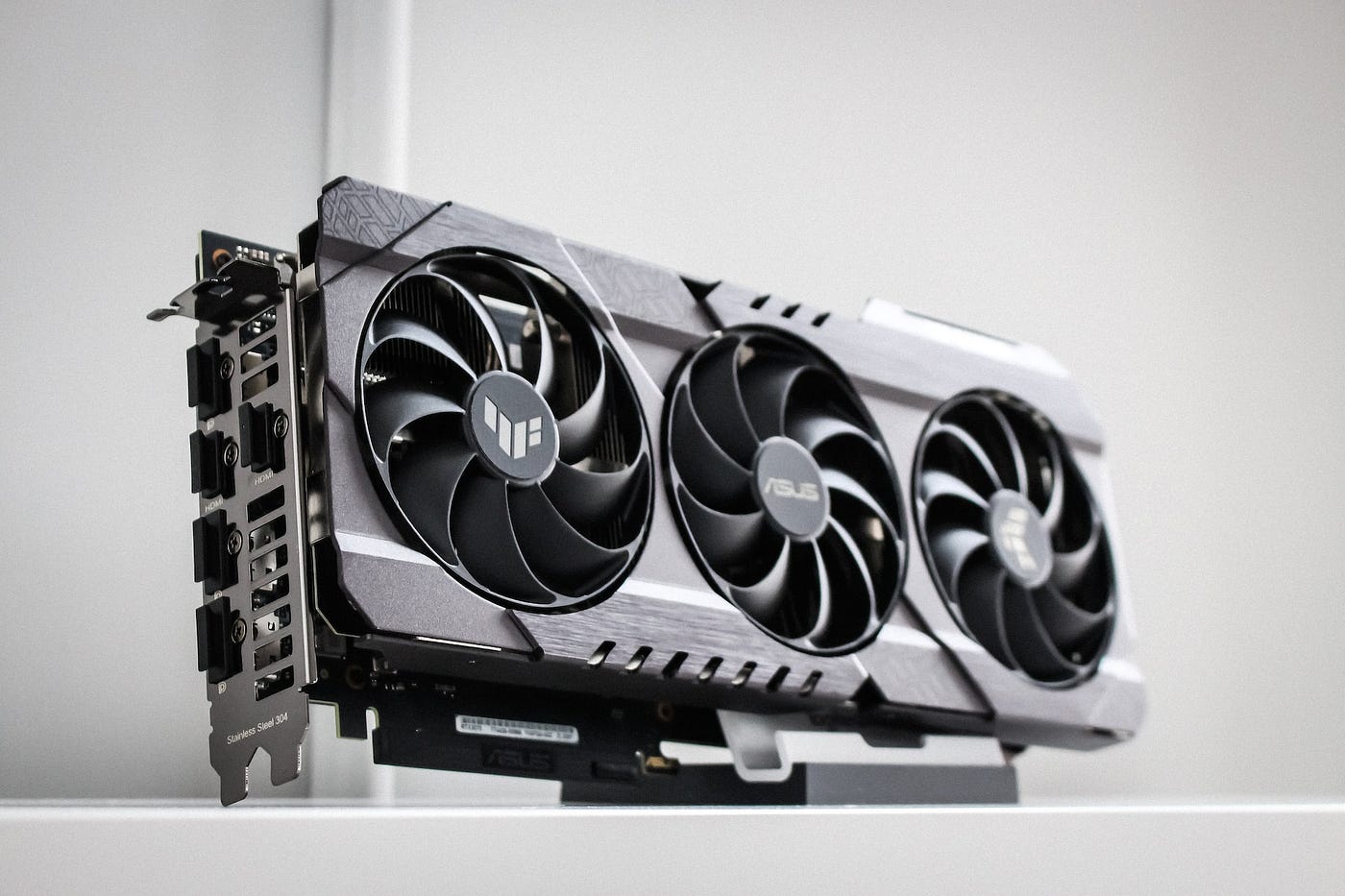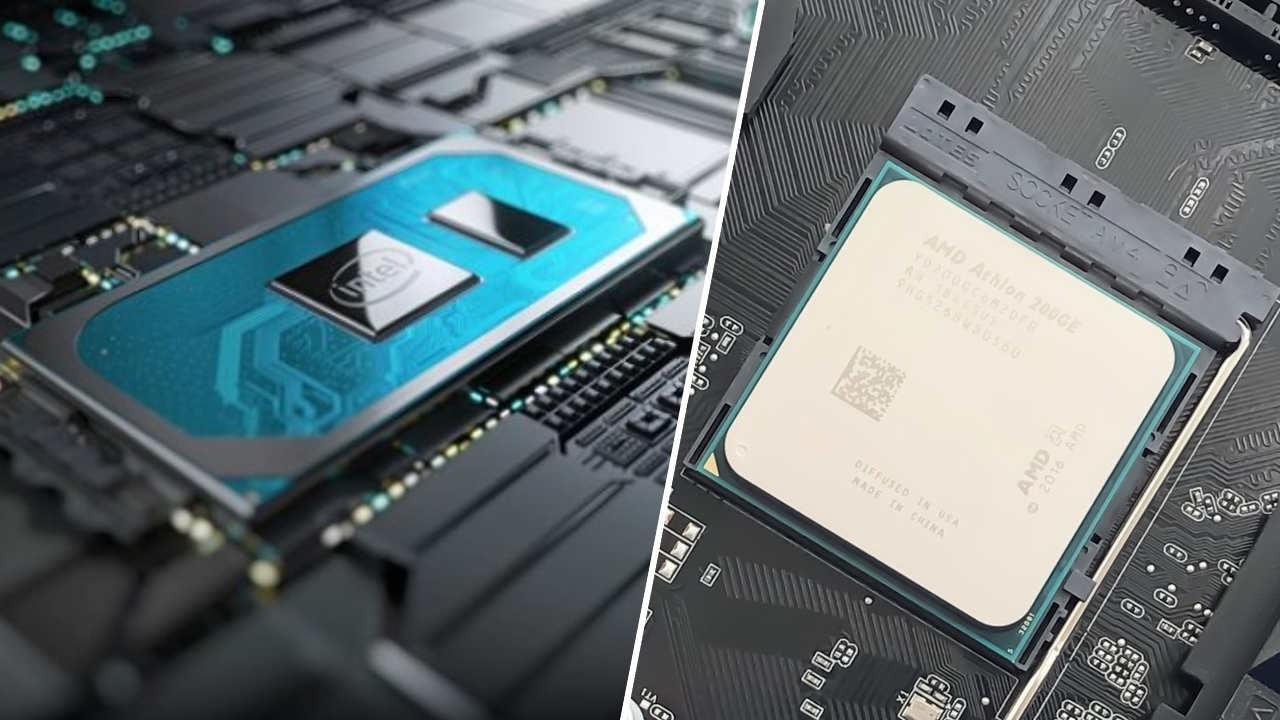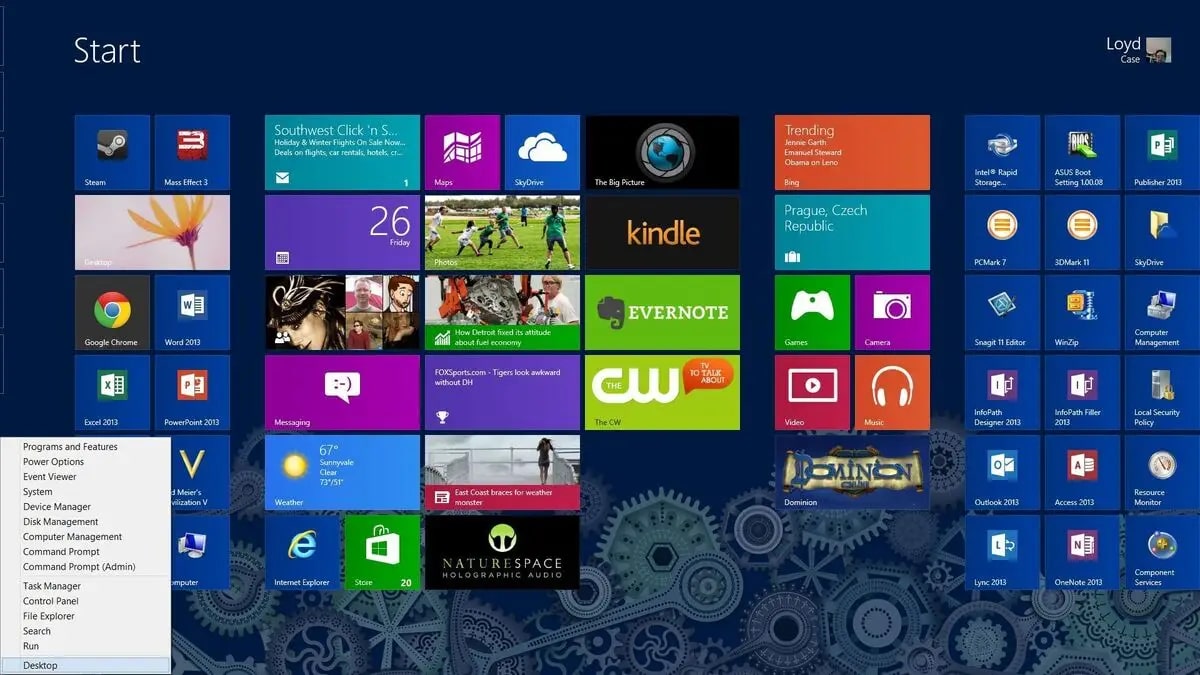Introduction
Welcome to our guide on how to check if a game is using the graphics card. Gaming on computers has evolved significantly over the years, with sophisticated graphics and realistic gameplay being at the forefront. To achieve the best gaming experience, it is crucial to ensure that your game is utilizing the power of your graphics card effectively.
A graphics card, also known as a GPU (Graphics Processing Unit), is a dedicated component in your computer that handles the rendering and processing of graphics-related tasks. It plays a vital role in determining the quality and performance of your gaming experience. However, sometimes games may not be utilizing the graphics card as effectively as they could be, resulting in poor performance or lower graphical quality.
Therefore, it is essential to regularly check if a game is utilizing your graphics card to its full potential. By confirming that your game is using the graphics card, you can ensure smoother gameplay, better visuals, and an overall improved gaming experience.
In this guide, we will explore different methods to check if a game is using the graphics card. We will discuss using the Task Manager, GPU monitoring software, and checking the display settings within the game itself. Whether you are a casual gamer or an aspiring pro, these methods will help you determine if your games are harnessing the power of your graphics card.
What is a Graphics Card?
A graphics card, also known as a GPU (Graphics Processing Unit), is a specialized component in a computer that is designed to handle complex graphical computations. It is responsible for rendering and processing the visual elements of a game, including textures, lighting, and shadows.
Graphics cards have their dedicated memory, known as VRAM (Video Random Access Memory), which allows them to store and manipulate large amounts of graphical data quickly. This dedicated memory ensures that the graphics card can handle the demanding graphics requirements of modern games without placing a significant burden on the computer’s main system memory (RAM).
One of the primary components of a graphics card is the GPU, a powerful processor specifically designed to execute complex and parallel computations needed for rendering graphics. This GPU contains multiple cores that work in parallel to perform calculations required for generating the visual elements of a game in real-time.
The performance of a graphics card is measured by its specifications, including core clock speed, memory clock speed, memory bandwidth, and the number of CUDA cores (in the case of NVIDIA GPUs) or stream processors (in the case of AMD GPUs). A higher-performing graphics card can handle more demanding graphics and deliver smoother gameplay with higher visual fidelity.
In addition to gaming, graphics cards are utilized in various other applications, such as video editing, 3D modeling, and machine learning. These tasks also require substantial graphical processing power, and a high-performance graphics card can greatly speed up these computationally-intensive tasks.
Graphics cards are typically connected to the computer’s motherboard through a PCI Express slot. This connection allows high-speed data transfer between the graphics card and the rest of the computer system. Some graphics cards also offer multiple display outputs, allowing users to connect multiple monitors for an immersive gaming or productivity experience.
Now that we have a better understanding of what a graphics card is and its role in gaming and other graphical applications, let us explore the importance of checking if a game is using the graphics card effectively.
Why is it Important to Check if a Game is Using the Graphics Card?
Checking if a game is using the graphics card effectively is crucial for ensuring optimal gaming performance and visual quality. Here are some reasons why it is important to perform this check:
1. Maximizing Performance: Graphics cards are specifically designed to handle the demanding graphics requirements of modern games. By ensuring that a game is utilizing the graphics card, you can maximize its performance potential. This allows for smoother gameplay, faster frame rates, and reduced input lag, resulting in an overall better gaming experience.
2. Improving Visual Quality: Games today feature stunning graphics with high-quality textures, detailed environments, and realistic lighting effects. To fully appreciate the visual fidelity of a game, it is essential that it utilizes the power of the graphics card. When a game runs on the graphics card, it can offer higher resolution, improved anti-aliasing, better shadows, and more detailed textures, leading to a visually immersive experience.
3. Reducing System Strain: When a game does not properly utilize the graphics card, it puts additional strain on the CPU (Central Processing Unit) and the system RAM. This can lead to increased CPU temperatures, decreased overall system performance, and potential stuttering or lag in the game. By offloading graphics processing tasks to the dedicated graphics card, you can alleviate the burden on the CPU and improve the overall system efficiency.
4. Troubleshooting Performance Issues: Checking if a game is using the graphics card can help identify any performance issues or bottlenecks. If a game is not utilizing the graphics card effectively, it may indicate a compatibility issue, outdated drivers, or other technical problems. By diagnosing and addressing these issues, you can resolve performance problems and ensure a smoother gaming experience.
5. Future-Proofing: As technology continues to advance, new games will increasingly rely on the power of graphics cards. By regularly checking if a game is using the graphics card, you can ensure that your system is ready to handle the graphical demands of upcoming games. This helps future-proof your gaming setup and ensures that you can enjoy new releases without hardware limitations.
With the understanding of why it is vital to check if a game is utilizing the graphics card effectively, let us proceed to explore the different methods to perform this check.
How to Check if a Game is Using the Graphics Card
To ensure that a game is using the graphics card effectively, you can utilize various methods for checking. Here are three commonly used methods:
Method 1: Using Task Manager: The Task Manager in Windows allows you to monitor the performance of your system, including the utilization of the graphics card by running processes. To check if a game is using the graphics card, follow these steps:
- Open the game and launch it in windowed or borderless mode.
- Press Ctrl + Shift + Esc to open the Task Manager.
- Click on the Processes tab.
- Look for the game’s executable file (.exe) in the list of processes.
- Right-click on the game’s process and select Go to details.
- In the Details tab, look for any GPU-related information, such as GPU usage or GPU memory usage.
- If you see GPU activity for the game’s process, it indicates that the game is using the graphics card.
Method 2: Using GPU Monitoring Software: There are several third-party GPU monitoring software programs available that provide detailed information about the usage of your graphics card. These software programs can display real-time GPU activity, temperature, clock speeds, and more. To check if a game is using the graphics card using GPU monitoring software, follow these steps:
- Download and install a GPU monitoring software program, such as MSI Afterburner, NVIDIA Inspector, or HWMonitor.
- Launch the software and navigate to the GPU monitoring section.
- Open the game and play it for a few minutes.
- Observe the GPU usage graphs or metrics in the monitoring software.
- If you notice increased GPU activity or utilization during gameplay, it indicates that the game is using the graphics card.
Method 3: Checking the Display Settings in the Game: Many games offer display settings that allow you to choose the graphics adapter or specify the GPU to use. To check if a game is using the graphics card through the game’s display settings, follow these steps:
- Open the game and navigate to the graphics or display settings.
- Look for an option related to graphics adapter, GPU selection, or similar.
- Ensure that the game is set to use the dedicated graphics card or the appropriate GPU.
- If you can select the graphics card or GPU specifically, it indicates that the game is designed to utilize the graphics card.
By using these methods, you can confirm if a game is utilizing the graphics card effectively. It is important to note that some older or less demanding games may not heavily utilize the graphics card, resulting in lower GPU activity. However, for modern and resource-intensive games, you should expect to see significant GPU utilization when the game is running.
Method 1: Using Task Manager
Task Manager is a built-in system utility in Windows that allows you to monitor the performance of your computer. It provides valuable information about running processes, resource usage, and can help you determine if a game is using the graphics card effectively. Here’s how you can use Task Manager to check if a game is utilizing the graphics card:
- Open the game and launch it in windowed or borderless mode. This will allow you to switch between the game and Task Manager more easily.
- Press Ctrl + Shift + Esc on your keyboard simultaneously to open Task Manager. Alternatively, you can right-click on the taskbar and select “Task Manager” from the context menu.
- In the Task Manager window, click on the Processes tab. This tab displays a list of all the running processes on your system.
- Look for the game’s executable file (.exe) in the list of processes. The process name is usually the same as the game’s executable name or a shortened version of it.
- Right-click on the game’s process and select Go to details. This will take you to the Details tab, where you can get more detailed information about the selected process.
- In the Details tab, you can find GPU-related information under the GPU Engines or GPU column. This information includes GPU usage, GPU memory usage, and GPU engine usage.
- If you notice GPU activity or utilization for the game’s process, it indicates that the game is using the graphics card. Higher GPU usage indicates a more significant reliance on the graphics card for processing the game’s graphics.
It’s important to note that GPU-related information in Task Manager may not be available for all games or systems. Some games may not utilize the Task Manager’s GPU monitoring features, or the GPU information may not be accurately displayed. In such cases, you can try alternative methods like GPU monitoring software or checking the game’s display settings.
Using Task Manager to check if a game is using the graphics card is a straightforward and accessible method, especially for users who are already familiar with the Task Manager utility. By monitoring the GPU activity in Task Manager, you can quickly determine if your game is effectively utilizing the power of your graphics card.
Method 2: Using GPU Monitoring Software
GPU monitoring software provides more advanced and detailed information about your graphics card’s usage, temperature, clock speeds, and other crucial metrics. This method allows you to closely monitor the GPU activity and determine if a game is effectively utilizing the graphics card. Here’s how you can use GPU monitoring software to check if a game is using the graphics card:
- Download and install a reliable GPU monitoring software program. Some popular options include MSI Afterburner, NVIDIA Inspector, HWMonitor, or GPU-Z. Ensure that you download the appropriate software compatible with your graphics card.
- Launch the GPU monitoring software. Upon launching, you will typically see real-time data displayed for your graphics card, including GPU temperature, clock speeds, and fan speed.
- Open the game you want to check and start playing it for a few minutes. This will activate the game’s rendering processes and put a load on the graphics card.
- Observe the GPU activity graphs or metrics displayed in the GPU monitoring software. Look for metrics such as GPU usage, memory usage, and temperature.
- If you notice increased GPU activity, higher GPU usage percentage, or higher memory usage during gameplay, it indicates that the game is utilizing the graphics card effectively. A higher GPU load suggests that the game is pushing the graphics card to its limits, resulting in better performance and visual quality.
GPU monitoring software offers a comprehensive look at the utilization and performance of your graphics card. It provides real-time data, enabling you to precisely monitor how a game utilizes the graphics card’s resources. By observing the GPU metrics while gaming, you can verify if the game is making optimal use of the graphics card.
Remember that GPU monitoring software may differ slightly in terms of interface and features between different software programs. However, the fundamental principle remains the same – they provide you with valuable insights into your graphics card’s performance during gaming.
Using GPU monitoring software alongside other methods like Task Manager or checking the game’s display settings will give you a more complete understanding of whether a game is effectively using the graphics card or if there are any issues that need attention.
Method 3: Checking the Display Settings in the Game
Many games provide display settings that allow you to customize various aspects of the game’s graphics, including the utilization of the graphics card. Checking the display settings within the game can give you valuable insights into whether the game is using the graphics card effectively. Here’s how you can use this method to check the game’s graphics card usage:
- Open the game you want to check and navigate to the game’s settings menu.
- Look for a section related to graphics or display settings. The label may vary depending on the game, but it is usually located within the video or graphics options.
- Within the graphics or display settings, search for an option related to selecting the graphics adapter or GPU. This option might be labeled as “Graphics Adapter,” “Render Device,” or something similar.
- Ensure that the game is set to use the dedicated graphics card or the appropriate GPU for your system.
- If you find multiple options available, select the one that corresponds to your graphics card’s brand (e.g., NVIDIA or AMD). Additionally, some games may allow you to choose the specific graphics card within a multi-GPU setup.
- Save the changes and exit the settings menu.
- Restart the game if necessary for the changes to take effect.
- Once the game is running again, monitor the graphics performance and observe the general gameplay experience.
- If you experience improved graphics quality, smoother gameplay, or higher frame rates, it suggests that the game is effectively utilizing the graphics card.
Checking the display settings within the game is a direct approach to ensuring that the game is designed to use the dedicated graphics card or the appropriate GPU for enhanced performance. This method allows you to specify the graphics adapter or GPU explicitly, thus maximizing the utilization of the graphics card’s capabilities.
It’s important to note that not all games offer the option to select the graphics adapter or GPU within their settings menu. Older or less demanding games may automatically utilize the graphics card without providing a manual selection option. In such cases, you can rely on alternative methods like Task Manager or GPU monitoring software to verify if the game is effectively using the graphics card.
By checking the display settings within the game, you can ensure that the desired graphics adapter or GPU is being utilized, enabling optimal performance and visual quality during gameplay.
Conclusion
Checking if a game is utilizing the graphics card effectively is crucial for optimizing gaming performance and visual quality. Through the methods outlined in this guide, you can determine whether a game is making full use of your graphics card’s power or if there are potential issues affecting its performance.
By utilizing Task Manager, you can monitor the GPU activity of a game’s process and observe the GPU utilization percentages. This provides a quick and straightforward way to determine if the graphics card is being utilized. Additionally, using GPU monitoring software offers more advanced and detailed insights into GPU performance metrics, allowing you to closely monitor GPU usage, temperature, and other crucial parameters.
Another effective method is to check the display settings within the game itself. By ensuring that the game is set to use the dedicated graphics card or the appropriate GPU, you can verify that the game is fully utilizing the graphics card’s capabilities, resulting in enhanced performance and visual fidelity.
Regularly checking if a game is using the graphics card effectively is especially important for gamers who strive for optimal gaming experiences. It can help maximize performance, improve visual quality, reduce system strain, troubleshoot performance issues, and future-proof your gaming setup.
In conclusion, understanding how to check if a game is using the graphics card is essential for gamers seeking to capitalize on their system’s potential. By implementing the methods provided in this guide, you can ensure that your games are utilizing the power of your graphics card effectively, allowing for an immersive and smooth gaming experience.







